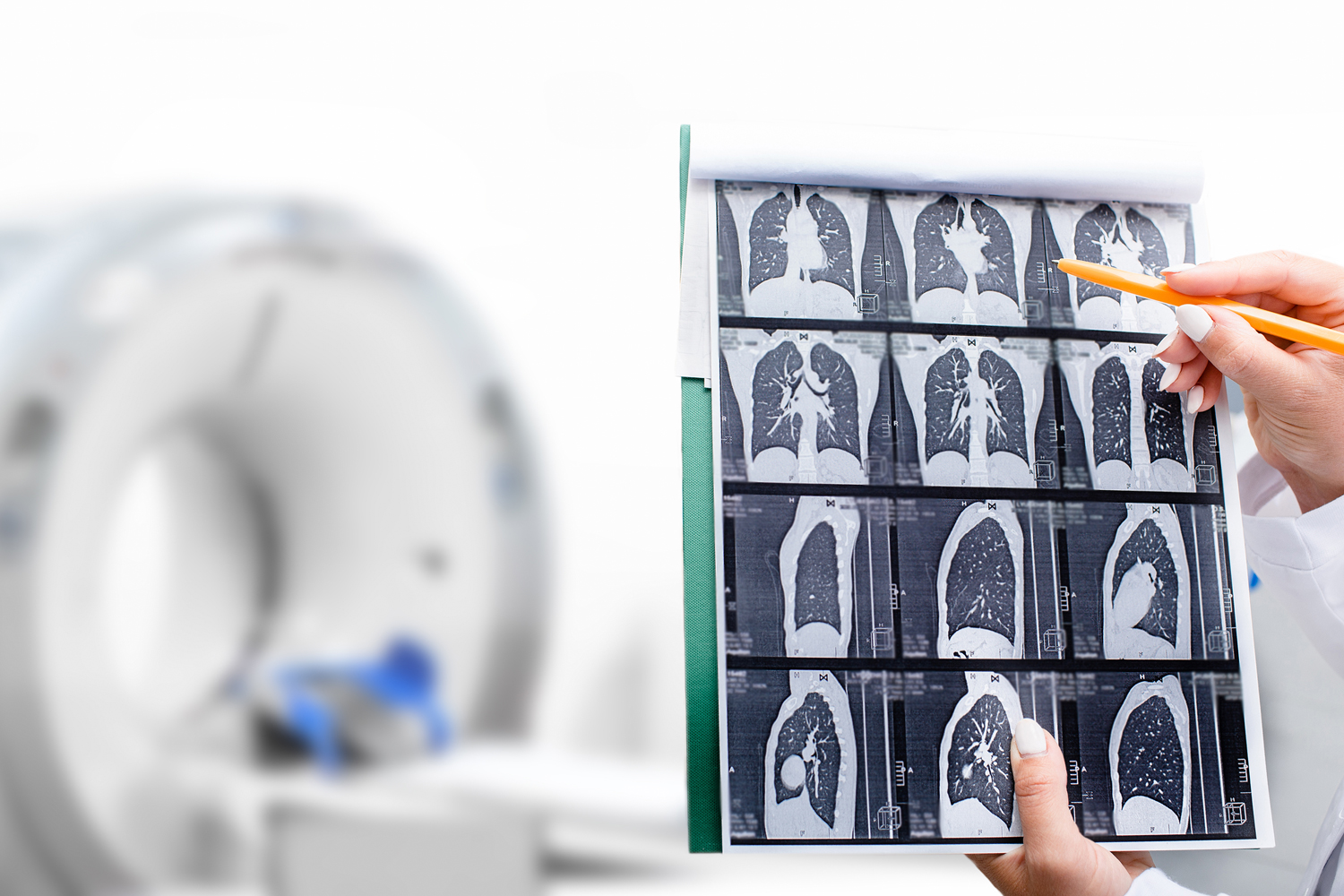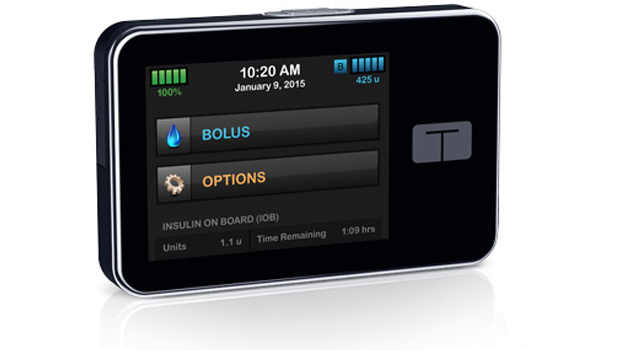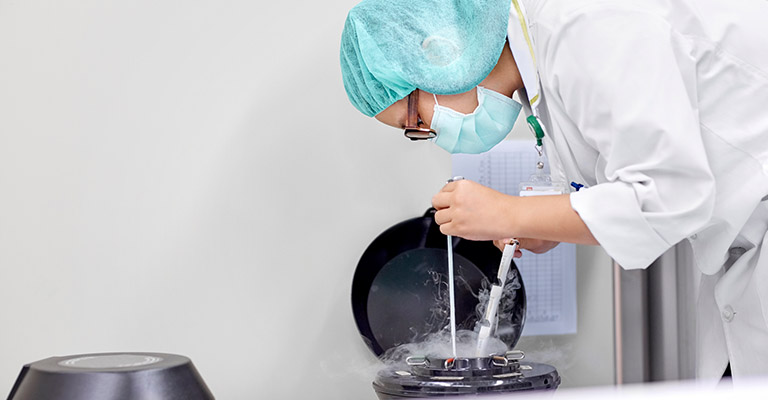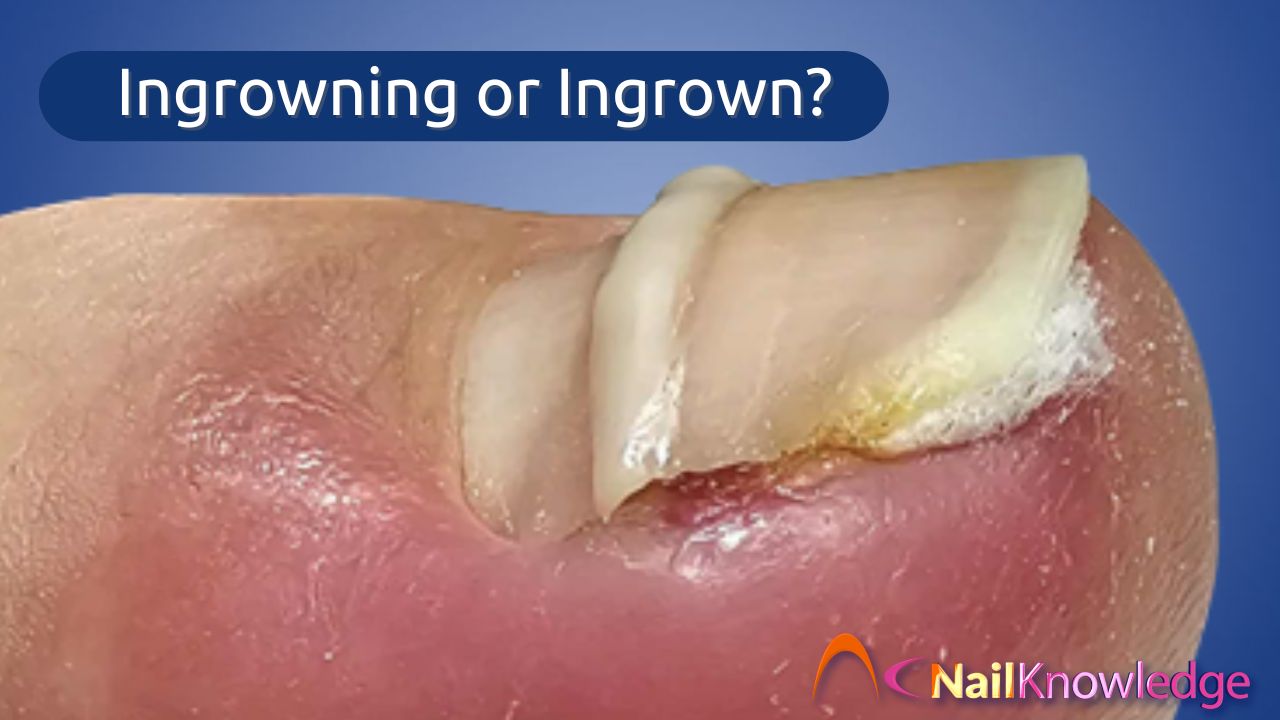What is the process for moving frozen embryos, eggs, and sperm?

Updated by the Progyny Editorial Team — October 2025.
If you’ve chosen to preserve your fertility through freezing embryos, eggs, or sperm, you may wonder if your specimens can be moved between clinics or storage facilities.
The good news is, yes, frozen fertility specimens can be safely transferred.
We partnered with CryoFuture, one of Progyny’s tissue transportation partners, to explain why and how embryos, eggs, and sperm are transferred and what steps you can take to ensure the process is easy and secure.
Why are fertility specimens moved?
There are several reasons why you might need to transfer your frozen embryos, eggs, or sperm:
- Changing clinics: If you’re switching to a new fertility clinic for treatment, your specimens may need to follow you.
- Relocation: After moving to a new city or country, it’s more convenient to store specimens closer to your new home.
- Cost: You may find a storage provider that offers more affordable options.
- Peace of mind: Some people choose to transfer their specimens to facilities with enhanced security and monitoring.
Safe transportation is the priority
Frozen specimen transfer is a careful process designed to keep the embryos, eggs, or sperm safe and protected. It involves:
- Specialized equipment: Specimens are transported in liquid nitrogen tanks to maintain ultra-low temperatures (-196°C).
- Temperature monitoring: The tanks have monitoring systems to maintain a stable temperature throughout the journey.
- Professional handling: The transportation staff are specially trained in the process and ensure the highest standards of care throughout the process.
- Compliance and documentation: Before anything is transported, the company will do all the proper consents and paperwork to meet legal and medical guidelines.
What is my role in the process?
- Ask questions: Be sure you understand how the transport will be carried out and what safeguards are in place.
- Communicate with your provider: Your fertility clinic or insurance provider can guide you through the transfer process and help address any concerns.
- Plan ahead: Transfers require the sending and receiving facilities to coordinate with each other, so it’s important to allow enough time for the process.
Frozen fertility specimen transfers are safe and straightforward when handled correctly. By working with experienced professionals and understanding the process, you can rest assured that your embryos, eggs, or sperm will arrive at their destination securely.
Your dedicated Progyny Care Advocate is also here to help guide you through any transport questions you have.
Disclaimer: The information provided by Progyny is for educational purposes only and is not medical advice. Always consult a qualified healthcare provider for medical guidance.
The post What is the process for moving frozen embryos, eggs, and sperm? appeared first on Progyny.
What's Your Reaction?
 Like
0
Like
0
 Dislike
0
Dislike
0
 Agree
0
Agree
0
 Disagree
0
Disagree
0
 Excellent
0
Excellent
0
 Useful
0
Useful
0
 Great
0
Great
0




















































































































































